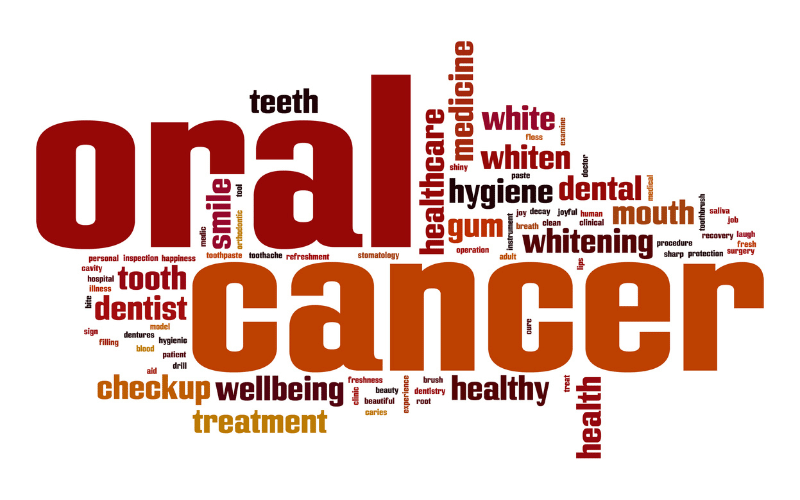Introduction: Unveiling the Stages of Oral Cancer
Oral cancer, colloquially termed “mouth cancer”, is an ailment that many hear about, yet few truly comprehend. It’s a form of malignancy that occurs within the mouth—ranging from the lips to the back of the throat—and can present itself in various degrees of severity. Understanding its stages isn’t just about grasping the disease from a medical standpoint but also about recognizing the signs early, which can potentially be lifesaving.

Though oral cancer can strike anyone, certain risk factors can make some more susceptible than others. Factors like tobacco use, excessive alcohol consumption, prolonged sun exposure, and even a family history of the disease can increase one’s risk. Regardless of these factors, early detection remains the most effective strategy in combating and managing this cancer.
The progression of oral cancer is typically categorized into four main stages. Each stage represents the severity and spread of the cancer, offering a framework that assists healthcare professionals in determining the best course of action for treatment. Moreover, knowing these stages can empower individuals to be more proactive about their oral health, helping them seek timely medical intervention when necessary.
In the subsequent sections, we will delve deeper into each of these stages. By familiarizing ourselves with the distinct characteristics and symptoms associated with every stage, we’re better equipped to spot any warning signs early. Whether you’re reading this out of personal concern, academic interest, or for the well-being of a loved one, this guide seeks to shed light on a topic that, unfortunately, remains shrouded in mystery for many.
Remember, knowledge is power, especially when it pertains to health. And in the case of oral cancer, understanding its stages is a critical first step towards proactive prevention and effective treatment.
1. Stage I: The Initial Onset of Oral Cancer

The first stage of oral cancer is marked by the localized growth of cancer cells. At this juncture, the malignancy is restricted primarily to the place of origin, often presenting itself as small lesions or sores in the mouth. They can appear on the tongue, inside of cheeks, or even on the gums.
When we look at these lesions under the microscope, the peculiar behavior of cancer cells begins to manifest. These cells tend to multiply at a much faster rate compared to their normal counterparts. The size of the tumor remains relatively small, usually no larger than 2 centimeters in diameter, making it somewhat easier to manage compared to the later stages.
The symptoms during this phase are often subtle, leading many to overlook them. Some individuals might notice discomfort or a slight change in their oral sensations, while others might experience mild pain. However, what’s striking is that these manifestations often don’t ring alarm bells, given their unobtrusive nature.
By understanding the initial stage of oral cancer, we gain insights into how the disease begins its insidious journey. The key takeaway from this phase is that early detection, even without overt symptoms, can pave the way for effective management, thereby increasing the chances of a positive outcome. (1)